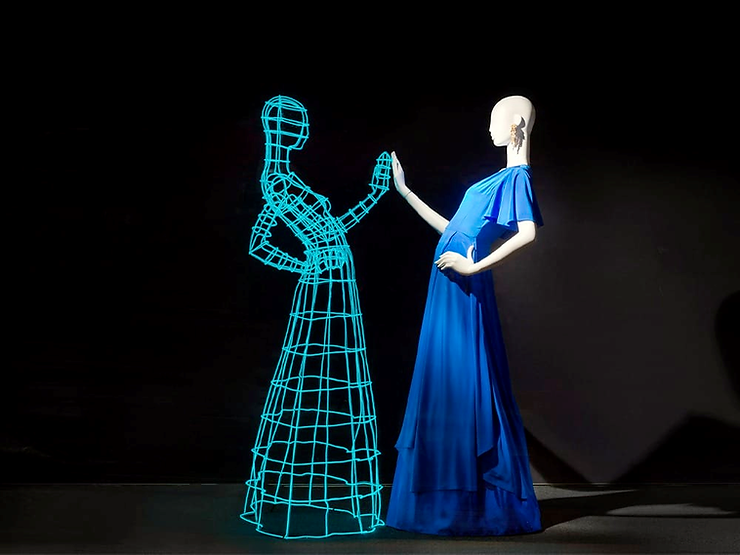By: Chloe Huang
Anyone remotely familiar with the fashion world will tell you that trends come in cycles. But with technology saturating almost every part of our lives, many fashion experts are looking towards technology as the future of fashion. In recent years, many companies are releasing new projects that are combining these two fields into wearable technology.
For example, Wearablex, a relatively new startup, sells yoga pants that vibrate to correct your posture. And it’s not just startups that are experimenting in this field. Google has partnered with brands like Adidas, Levi’s, and Yves Saint Laurent in its Jacquard project to put sensors in clothing and other fabric accessories that acts like a smart speaker connected to your phone.
However, these products are only the very first stages of wearable technology. According to the Washington Post, in the future, applications of wearable technology could include socks that promote blood flow through automatic compression and maternity clothes that track the vitals of the baby.
“We’re sort of at the pre-iPhone announcement [stage],” said Yoel Fink, a materials science professor at MIT. “It’s very, very exciting.” Fink and other researchers from MIT are creating fibers with hundreds of silicone microchips to transmit digital signals. These fibers are small enough to pass through a needle that can be sown into fabric and washed at least 10 times. In various labs around the world, researchers are exploring new forms of technology.
Researchers in England created “The Right Trousers”, a pair of pants embedded with electrical pumps to force air into tiny tubes that would help the elderly and disabled stand up for longer. In June, Australian researchers Phuoc Thien Phan, Mai Thanh Thai, Trung Thien Hoang, James Davies, Chi Cong Nguyen, Hoang-Phuong Phan, Nigel H. Lovell, and Thanh Nho Do created robotic fabrics, where each individual thread can move by itself. Last year, MIT researchers developed a battery that could be woven into fabric and is waterproof.
The projects material scientists and data engineers have been working on in the last few years are coming to fruition, and governments and other organizations are starting to take notice. In July, American intelligence agencies announced that they are looking to develop wearable technology for soldiers and spies.
Wearable technologies still have a long way to go before ready to captivate a large audience, but advances are being made every day. Startups are already starting to adopt the idea, and many experts are thinking of the numerous ways it can benefit people. While the tide of fashion ebbs and flows, technology is sure to change the face of fashion forever.
Sources:











